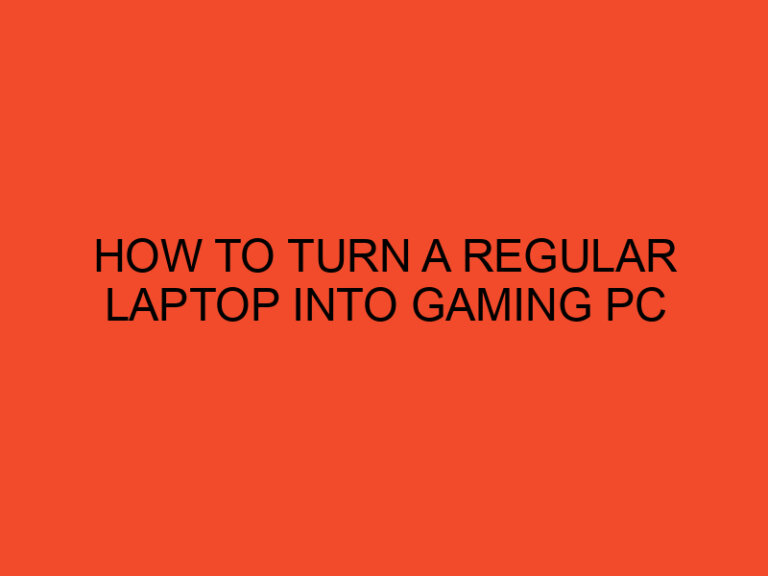Cryptocurrency mining has gained immense popularity in recent years, attracting both enthusiasts and investors. One of the most effective methods of mining cryptocurrencies like Bitcoin, Ethereum, and others is through GPU mining rigs. GPU stands for Graphics Processing Unit, and these powerful devices can be utilized to mine cryptocurrencies efficiently. In this article, we will explore the process of mining cryptocurrency with a GPU mining rig and provide valuable insights for beginners.
Table of Contents
- Introduction to Cryptocurrency Mining
- Understanding GPU Mining Rigs
- Selecting the Right GPU for Mining
- Setting Up the GPU Mining Rig
- Installing Mining Software
- Joining a Mining Pool
- Configuring the Mining Software
- Managing Heat and Power Consumption
- Monitoring and Optimizing Mining Performance
- Security Considerations
- Managing and Withdrawing Mined Cryptocurrency
- Potential Challenges and Solutions
- Future of GPU Mining
- Conclusion
- FAQs
Introduction to Cryptocurrency Mining
Cryptocurrency mining involves solving complex mathematical problems to validate and record transactions on a blockchain network. Miners contribute their computational power to the network and, in return, are rewarded with newly minted coins. GPU mining, also known as graphics card mining, has become popular due to the superior processing power of GPUs compared to CPUs (Central Processing Units).
Understanding GPU Mining Rigs
A GPU mining rig is a specialized computer system built specifically for mining cryptocurrencies. It consists of multiple high-performance graphics cards (GPUs) connected to a motherboard, along with other essential components like a power supply, cooling system, and storage. The GPUs handle the heavy computational tasks required for mining, making them ideal for this purpose.
Selecting the Right GPU for Mining
Choosing the right GPU is crucial for successful mining. Factors to consider include hash rate (computational power), energy efficiency, cost, and availability. Popular GPUs for mining include NVIDIA GeForce and AMD Radeon series. It’s essential to research and compare different models to find the one that suits your mining requirements and budget.
Setting Up the GPU Mining Rig
Setting up a GPU mining rig involves assembling the hardware components, connecting them properly, and configuring the system. Start by ensuring that the motherboard supports multiple GPUs and has sufficient PCIe slots. Install the GPUs, connect them to the power supply, and connect the monitor, keyboard, and mouse. Proper ventilation and cooling are vital to prevent overheating.
Installing Mining Software
Once the hardware is set up, the next step is to install mining software. There are various mining software options available, such as CGMiner, Claymore’s Dual Miner, and EasyMiner. Choose a software compatible with your mining rig and the cryptocurrency you intend to mine. Install the software and configure it to connect to the mining pool.
Joining a Mining Pool
Joining a mining pool is advisable for small-scale miners. Mining pools are groups of miners who combine their resources to increase their chances of earning rewards. By joining a mining pool, you contribute your GPU’s computational power to the collective effort. When the pool successfully mines a block, the rewards are distributed among the participants based on their contribution.
Configuring the Mining Software
Configure the mining software to connect to the mining pool and start mining. You will need to provide your pool’s URL, username, and password. Additionally, you can adjust settings like intensity, fan speed, and overclocking to optimize mining performance. It’s important to monitor the temperature and power consumption to ensure stable operation.
Managing Heat and Power Consumption
GPU mining rigs generate a significant amount of heat and consume substantial power. Proper cooling is essential to prevent overheating and hardware damage. Consider using powerful fans, liquid cooling systems, and maintaining adequate airflow in the mining area. Optimize power consumption by adjusting settings and using energy-efficient components.
Monitoring and Optimizing Mining Performance
Regularly monitor your mining rig’s performance to ensure optimal results. Use mining software features or third-party tools to track metrics like hash rate, temperature, and fan speed. Experiment with different mining algorithms and settings to find the most profitable configuration for your hardware. Stay updated with the latest mining trends and technologies to maximize your earnings.
Security Considerations
Mining cryptocurrency involves financial value and attracts cyber threats. Implement robust security measures to protect your mining rig and earnings. Use strong passwords, enable two-factor authentication, and keep your software and drivers up to date. Be cautious of phishing attempts and malware. Consider using a separate dedicated computer for mining to isolate it from personal and sensitive data.
Managing and Withdrawing Mined Cryptocurrency
As you mine cryptocurrency, you will accumulate coins in your digital wallet. Choose a reliable wallet that supports the specific cryptocurrency you are mining. Regularly backup your wallet’s private keys or seed phrases to prevent loss. When you want to convert your mined coins into fiat currency or other cryptocurrencies, use a reputable exchange platform to sell or trade.
Potential Challenges and Solutions
Mining cryptocurrency with a GPU rig can pose certain challenges. These include rising hardware costs, increasing competition, regulatory changes, and the emergence of specialized mining hardware (ASICs). Stay informed about market trends, adapt to new developments, and consider diversifying your mining strategies to overcome these challenges.
Future of GPU Mining
The future of GPU mining remains promising as cryptocurrencies continue to gain mainstream acceptance. Advancements in GPU technology and mining algorithms offer potential for increased efficiency and profitability. However, it’s important to stay updated with regulatory developments and evolving market conditions to make informed decisions regarding mining operations.
Conclusion
GPU mining rigs provide a powerful and efficient solution for mining cryptocurrencies. By following the steps outlined in this article, you can set up and optimize your own mining rig. Remember to select the right GPU, join a mining pool, configure the software, manage heat and power consumption, and prioritize security. Stay proactive in monitoring and adapting to changes in the cryptocurrency mining landscape.
FAQs
Can I mine cryptocurrency with a regular computer?
While it’s technically possible, mining with a regular computer is not profitable due to the low computational power of CPUs compared to GPUs.
How much money can I make from GPU mining?
The amount of money you can make from GPU mining depends on various factors, including the cryptocurrency’s price, mining difficulty, electricity costs, and the efficiency of your mining rig.
Is GPU mining legal?
GPU mining is legal in most countries. However, it’s essential to comply with local regulations and ensure that your mining activities do not infringe any laws.
Can I mine multiple cryptocurrencies with the same GPU mining rig?
Yes, you can mine different cryptocurrencies with the same GPU mining rig by configuring the mining software accordingly.
Are there any risks involved in GPU mining?
GPU mining involves certain risks, such as hardware failure, volatility in cryptocurrency prices, and potential security threats. It’s important to weigh the risks and rewards before starting mining operations.





